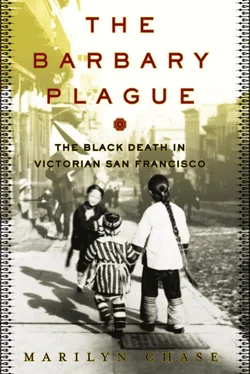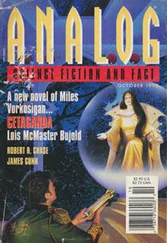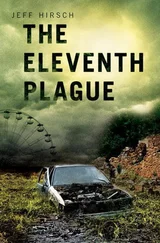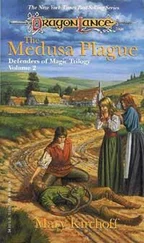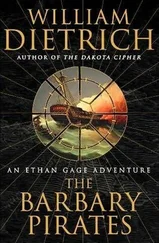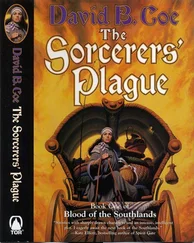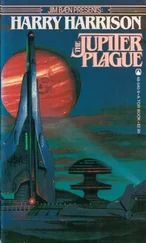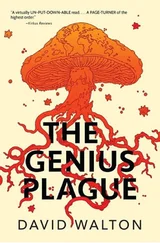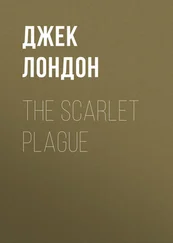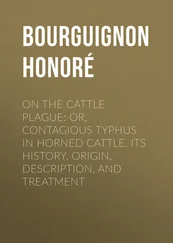In Washington, D.C., Surgeon General Walter Wyman prescribed a mass vaccination of all the Chinese in Chinatown. The product was a broth of heat-killed bacteria, called the Haffkine vaccine after its creator, Waldemar Haffkine, a Russian scientist who fled his homeland for a post at the Pasteur Institute in Paris. Haffkine’s vaccine used the traditional technique of sparking protection by using a small amount of bacteria to arouse an immune reaction. The trouble was, it also provoked severe side effects, ranging from pain and swelling to fever and malaise and, occasionally, death. When it worked, its protection was short-lived. In people already exposed to the plague, the vaccine was extremely dangerous because it accelerated the germ’s lethal attack. With such risks widely known, the vaccine was violently unpopular in Chinatown. Still, Wyman shipped almost two thousand doses of vaccine west the day after Wong Chut King died. He promised to send thirteen thousand more within two days and, after that, a stream of ten thousand doses a week. 9
Wyman also sent three hundred bottles of Yersin’s plague antiserum, a completely different product. The antiserum was a solution of antibodies, drawn from the blood of horses that had been exposed to plague. The antiserum could serve as a ready-made immune defense against infection, and it was safer than the vaccine for people already exposed to the plague. However, the antiserum was scarce and costly. Because its manufacture required horses, it was much more difficult and expensive to produce than a colony of bacteria that could simply be grown in a test tube. So the antiserum was used sparingly, and much of it was reserved for the doctors working in the midst of an outbreak.
While urging the mass vaccination—“Haffkinization”—of Chinatown, the surgeon general downplayed the dangers of the situation. He portrayed the measures as necessary simply to keep plague from establishing a base in the city and causing repeated outbreaks throughout the year. 10
The Examiner , the newspaper owned by William Randolph Hearst, broke ranks with the other San Francisco papers, which ridiculed or denied plague outright. The Examiner saw the plague as a news opportunity. Enterprising reporter J. A. Boyle rolled up his sleeves and filed a first-person account of what it felt like to be injected with the Haffkine vaccination.
“The inoculation itself is entirely painless…. Within two hours, however, the serum had spread through my system and its effects began to be felt,” wrote the journalistic guinea pig. “Shooting pains, slight at first, began near the point of injection and extended across the chest, down the arm and even up into my neck and head. My left arm felt numb and I moved it with difficulty. The muscles covering my shoulder blade felt as if they were being drawn together as by a rubber band,” he added. “I was slightly dizzy, there was a ringing in my ears and I felt I was drifting into a stupor from which I did not particularly care to rouse myself. All this time, the pain in my shoulder, chest, neck and arm had been increasing until it was quite severe. I was unable to concentrate my mind and felt flushed and feverish.” 11Eight hours later, Boyle’s pain eased, his head cleared, and his fever dropped. His ordeal was over, his story a success. But the stunt did nothing to convince those in Chinatown to roll up their sleeves.
By now, the mere sight of white health officers with their needles was enough to prompt a panic. Some whites who worked in Chinatown, like Donaldina Cameron, director of the Presbyterian Mission Home in Chinatown, attributed fear of the plague vaccine to superstition. She tried to encourage immunization, but the Chinese knew the Haffkine vaccine could sicken or even kill. A few mission girls lined up. One girl broke from the line, dashed to a second-story window, and jumped. Onlookers saw a flash of jacket and a wisp of black hair, and she disappeared. A thud sounded from below, where the girl was alive but in agony, crumpled on the sidewalk with smashed ankle-bones. 12
A Presbyterian missionary of Scottish descent, Miss Cameron had one passionate calling: to rescue slave girls and prostitutes from servitude in Chinatown and convert them to Christianity. Sallying forth in her shirtwaists with leg-of-mutton sleeves, her auburn pompadour anchored by prim veiled hats, she raided vice cribs like Carry Nation with a Scots burr. The Chinese, skeptical of her meddling, called her Fan Quai , “White Devil.” To her wards she was Lo Mo , or “Old Mother.” 13
One day while the quarantine was in effect, a nine-year-old girl named Ah Ching had come seeking help at the mission for her sister, who was dying of plague. Cameron shed her Victorian gown for Chinese pants, hid her russet head under an umbrella, and slipped past the quarantine lines.
After ascending through a skylight, she hopped roof to roof and found Ah Ching’s boardinghouse. The girl was abandoned and slumped on a wooden chair out on the sidewalk. Miss Cameron carried her to the mission and summoned a doctor. In a surprising turn of events, the physician diagnosed not plague, but appendicitis. She died three hours later, victim of a burst appendix and of neglect spawned by plague phobia. 14
Over Chinatown, columns of smoke rose from the bonfires of refuse that burned on Pacific Street. Plumbing was flushed with chemicals, masking the scent of cookery and crowded humanity with stinging clouds of disinfectant vapors. Mounds of white lime powder were scattered in chalky drifts against the balconied apartments, storefronts, and courtyards, so that the district looked like a Sierra village after a snowstorm. An oppressive stench hung over the district.
Downtown, the board of health met with the Chinese consul and the Chinese Six Companies, wrangling over details of the Chinatown cleanup of plague. All they could agree on was the need to clear out basements and dispose of garbage. On that, no one could disagree. The consul issued a statement urging people to clean up their homes and businesses. But autopsies and diagnoses were different.
City and federal doctors ordered that any Chinese person who died unattended by a physician, or whose medical history was unknown, be autopsied in order to ascertain the cause of death. But autopsies outraged the sensibilities of grieving families and friends. To placate authorities, Ho Yow advised his constituents that, when sick, they should send for a “white physician.” If they were too poor to pay, a doctor would be furnished free from the new Oriental Dispensary.
Without an autopsy, however, cases of plague might be mistaken for something else. Plague in the lungs might be misdiagnosed as common pneumonia, fretted city physician O’Brien, who attended to Wong Chut King. The victim suffocates so quickly that the telltale buboes don’t have time to erupt, he said. So the city board of health passed a motion ordering that any Chinese dying of apparent pneumonia, swollen glands, fever, or other symptoms of possible plague be subject to autopsy—“the same as whites.” 15
Days after the order was issued, monthly death reports in Chinatown began to subside . The mortality rate was half of normal.
Cases of sickness were being concealed, and deaths as well, the health board concluded. One patient who lived across from the Chinese consulate vanished before inspectors arrived. In another case, a man said to have died the day before was as ripe as a week-old corpse. Whether the corpse was in a state of rapid decomposition due to plague or had simply been abandoned for several days was hard to know. The elderly doctor in charge, who worked behind a pharmacy on Kearny Street, denied concealing plague deaths but admitted he was under pressure to dissemble.
Dr. Edward Seltzer recounted to the health board his hellish house call. He found the patient “unable to lie down, and unable to sit up, and was doubled over suffering terribly, spitting blood and suffocating…. Nothing I could do was of more than at most transient effect, and the man died in my presence…. I was a little undecided as to the cause of death, but gave it as lobar pneumonia because the Chinese have a horror of dissection and begged me to give as the cause of death something which could call for no dissection.” 16
Читать дальше
